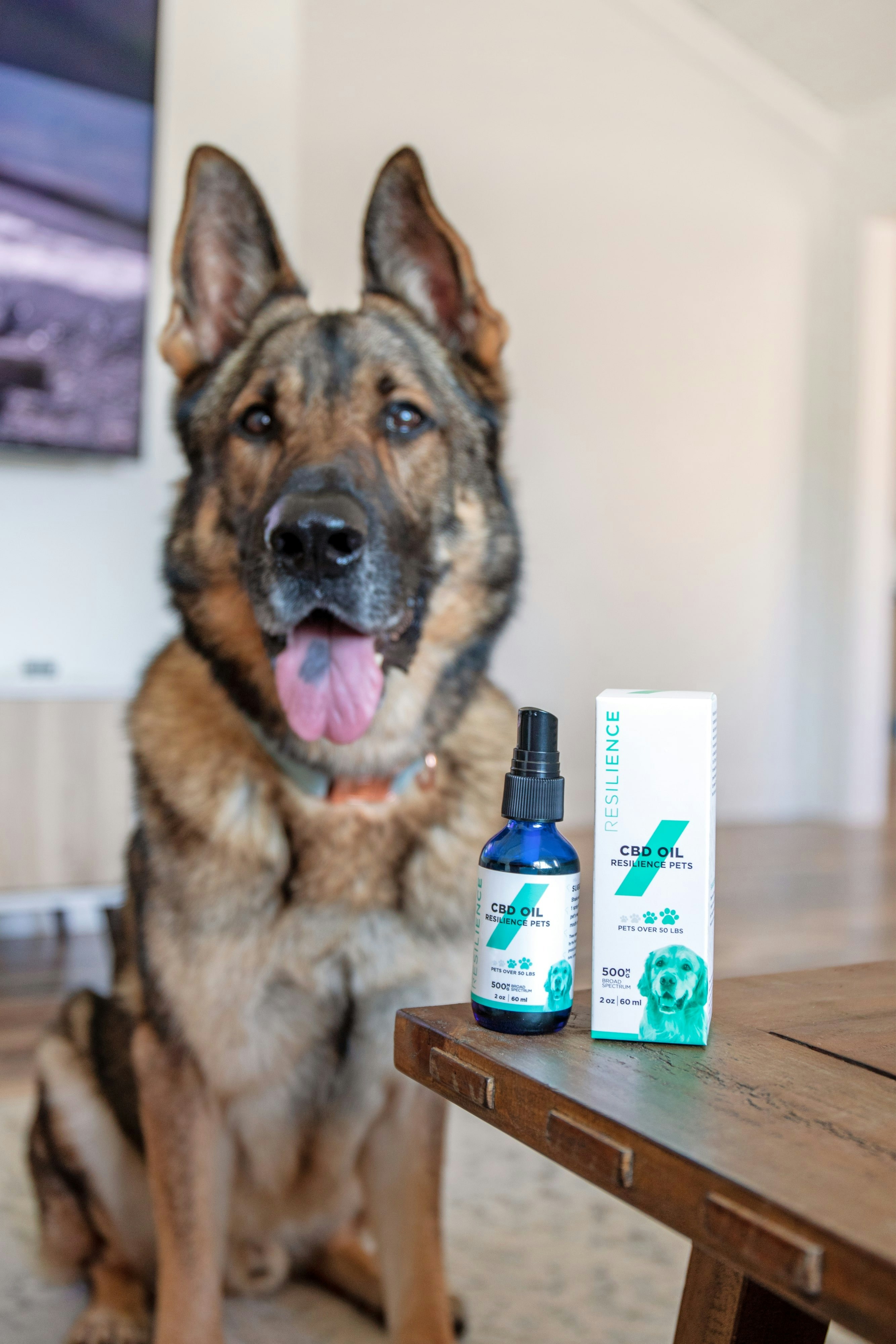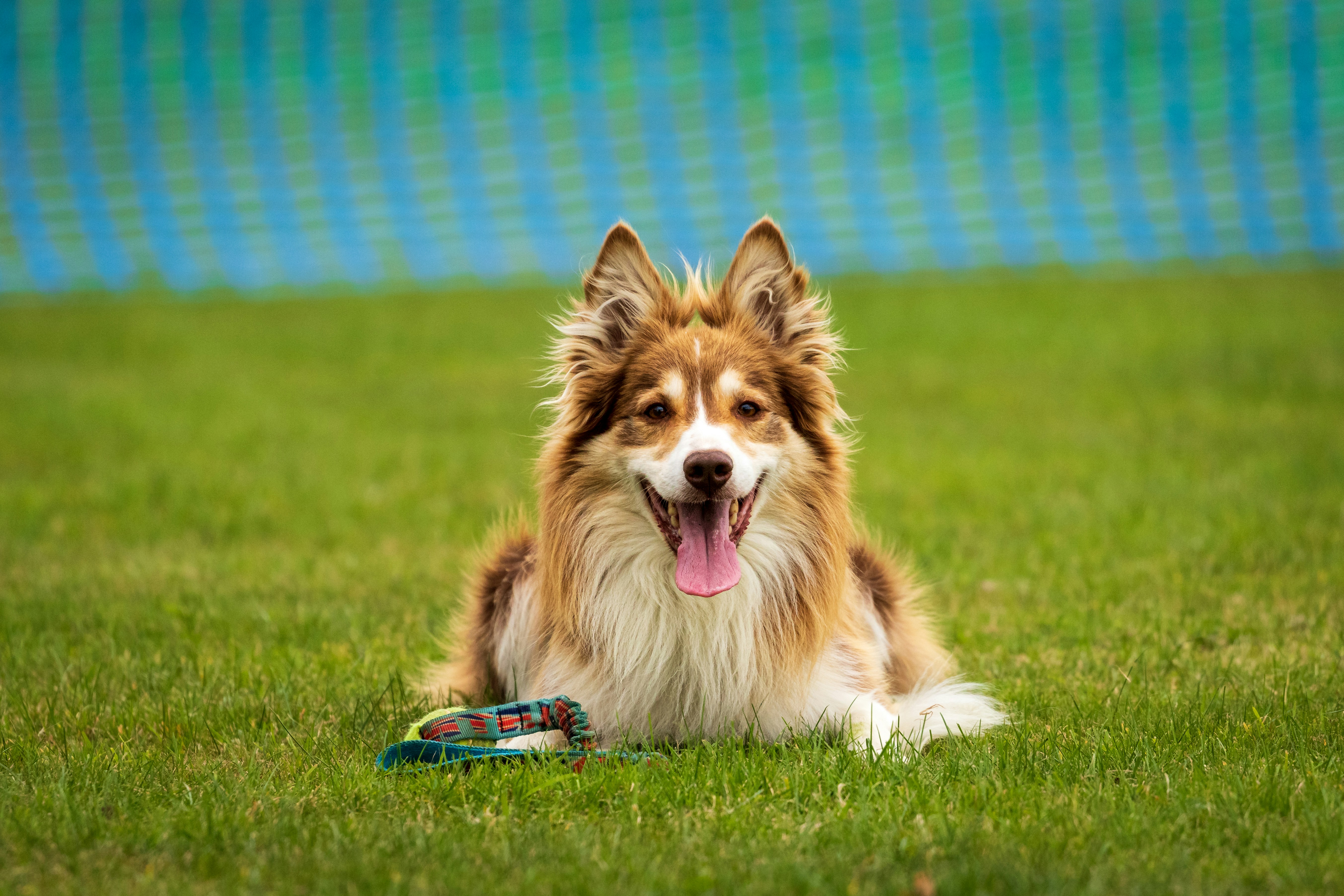The Comprehensive Companion’s Guide to Caring for and Training Your Dog
October 13, 2024 | by prusd2066@gmail.com
 Photo by Delfina Iacub on Unsplash
Photo by Delfina Iacub on Unsplash Understanding Canine Care: The Foundation of a Happy Dog
Effective canine care is paramount to ensuring your dog lives a happy, healthy, and fulfilling life. Essential aspects of this care include proper nutrition, grooming, and regular veterinary check-ups, each contributing significantly to the overall well-being of your furry companion. Understanding how to effectively manage these elements can help you provide a nurturing environment for your dog.
First and foremost, nutrition plays a critical role in a dog’s health. When choosing the right food, factors such as breed, age, and specific health needs should be prioritized. Puppies require nutrient-dense diets to support their rapid growth, while older dogs may benefit from foods that are lower in fat and enriched with essential fatty acids to promote joint health. Consultation with a veterinarian can provide insights into the best food choices based on your dog’s unique requirements, fostering a balanced diet.
Grooming is another vital component of canine care that ensures your dog’s coat remains healthy and manageable. Regular grooming sessions not only remove loose fur but also prevent matting and skin irritations. The frequency of grooming largely depends on your dog’s coat type; for instance, long-haired breeds may need daily grooming, while short-haired dogs may require less frequent attention. Tools such as brushes and deshedding devices can aid in minimizing shedding, leading to a cleaner home environment and a healthier coat.
Lastly, maintaining a consistent schedule for veterinary check-ups and vaccinations is essential to prevent health issues from arising. Routine exams allow for early detection of potential health problems, while vaccinations help safeguard against various diseases that could jeopardize your dog’s health. Staying vigilant about these appointments enables you to cultivate a proactive approach to your dog’s health care.
Overall, understanding and implementing these elements of canine care will establish a solid foundation for your dog’s happiness and health.
Effective Training Techniques: Building a Strong Bond with Your Dog
Training your dog effectively not only enhances obedience but also strengthens the bond between you and your pet. One of the most widely recognized techniques is positive reinforcement. This method encourages desired behaviors by rewarding your dog with treats, praise, or playtime when they successfully complete a command. Positive reinforcement not only motivates dogs to repeat the behavior but also helps them associate training with positive experiences, fostering a trusting and loving relationship.
Another valuable approach is clicker training, which leverages a distinct sound to mark the moment a dog performs a desired action. The sound of the clicker, followed by a reward, significantly increases the dog’s understanding of what behavior is being reinforced. This method can be particularly effective for teaching complex commands and tricks, as the immediate feedback clarifies which behavior is correct.
Basic obedience commands such as “sit,” “stay,” and “come” form the foundation of effective training. These commands not only promote safety and good manners but also enhance communication between you and your dog. Consistent practice of these commands in various environments can lead to better compliance, as dogs learn to respond irrespective of distractions.
During training sessions, patience is paramount. Dogs may not learn at the same pace, and understanding that every dog is unique will help you adjust your approach accordingly. Observing canine behavior can also provide insights into their needs and motivations, allowing for a more tailored training strategy.
Addressing common behavioral issues is crucial for a well-adjusted dog. It is advisable to implement preventative measures early on, such as socialization with other animals and people, to mitigate future challenges. Consistent training and clear communication will guide your dog towards being a well-behaved companion, ensuring a harmonious household.
RELATED POSTS
View all


